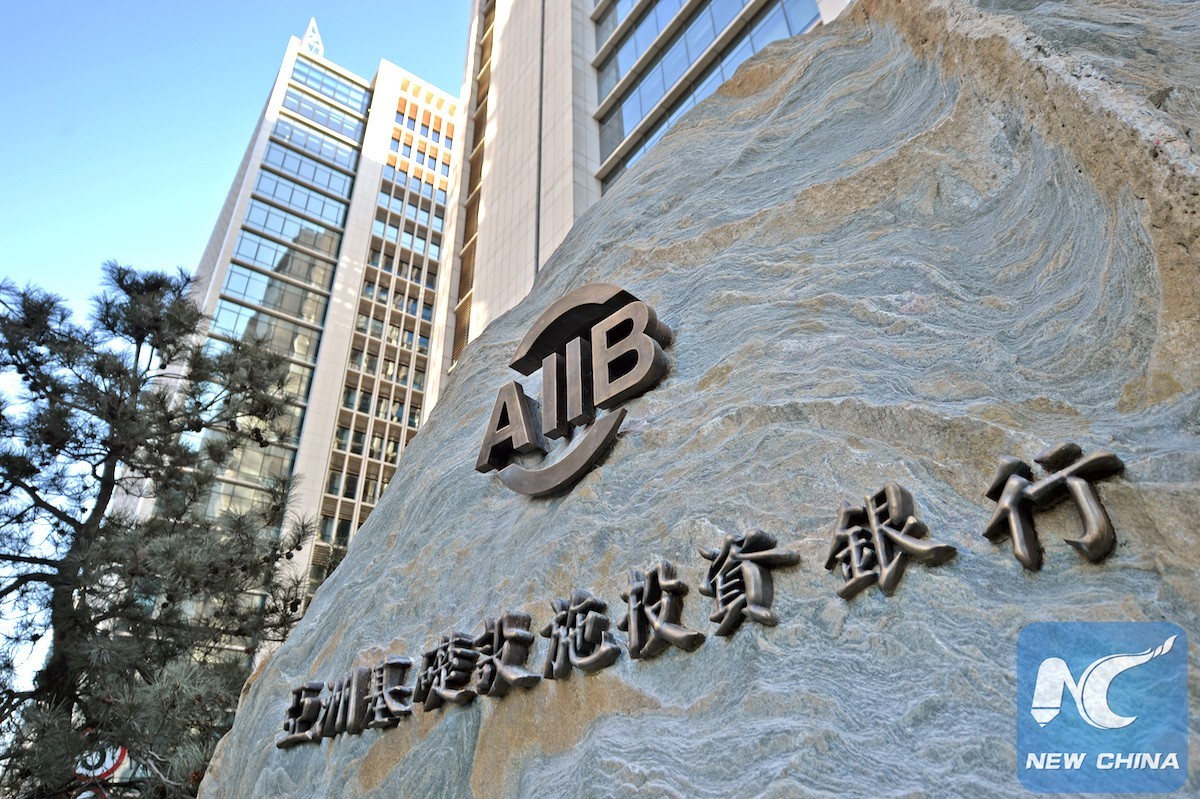For two decades now, energy planners in the Mekong region have referred to the hydropower potential of its river systems as untapped “batteries” ready to be exploited for economic development. But at every step of the way, local and international opposition have raised countless concerns about the social, environmental and economic merits of these “renewable” energy projects—only to see most of them built regardless.
Now, however, it is the energy industry’s own shifting trends that are making this ongoing dam quest look more questionable by the day. Real batteries and real renewables are beginning to disrupt energy grids at a pace that makes the region’s big dam peddlers resemble incandescent light bulb salesman—blind to the LED world evolving around them.
Conventional utility grids that have increasingly embraced wind and solar power no longer have to face the reliability challenges of lost capacity when the sun sets or the breezes subside. As reported by McKinsey Research this month, the cost of storage batteries suitable for utilities to balance their loads has declined 75 per cent since 2010. The cost is already sufficiently competitive to bolster local capacity and by 2020 should be economically viable to provide reserve power to overall grids.
The market is so strong that Energy Absolute, one of Thailand’s leading renewable energy companies, is planning to take on Tesla, which now operates the world’s mightiest battery factory — or Gigafactory in reference to its planned annual output of batteries totaling 35 gigawatt-hours (GWh) of electricity storage. The whole of Thailand consumes approximately 500 GWh per day or 21 GWh per hour. Energy Absolute is now working to finalize a location for its battery manufacturing facility (in Thailand or neighboring countries), to yield batteries totaling 50 GWh of capacity annually for energy storage systems.
Consumers and commercial enterprise are already getting in the game with rooftop solar and battery back-ups, says Asst. Prof. Somporn Chui-Aree of Prince of Songkla University’s Science and Technology Faculty. “There’s growing interest in more decentralized energy generation, not only in urban and industrial areas, but also at the rural level. This is particularly because electricity rates continue to climb while the cost of solar plus storage falls,” he says.
Dr. Somporn is known as “Mr. Solar” for his decade-long efforts in research and promotion of solar power uptake toward community energy independence in Southern Thailand. Appliances in his home, equipment in his office and even his car are mostly powered by solar energy.
He is glad that the Electricity Generating Authority of Thailand is planning to allow reverse-metering, where households and factories can sell electricity from solar rooftops to the national power grid. The growing integration of these informal supplies further curbs demand for new conventional power plants such as dams and coal fire power plants, he adds.
China is facing this problem right now, as many of the generators on their recently constructed dams along the Mekong River and elsewhere in Yunnan province sit idle. Such over-capacity in the region may not be short-lived as China’s economy continues a shift toward more services and less energy-intensive industry, and leans more heavily on solar, wind and nuclear power sources. There is also a reliability concern surrounding more hydropower due to fluctuating river flows being exacerbated by climate change.
But it is not just the hydropower sector that will be affected by these changes, says Somporn. New coal and other petroleum-based power plants too should be bypassed as cleaner technologies take hold in the energy sector. “Academics, professionals and community leaders in Songkla are now working night and day to stop the Thepa coal project that like these dams on the Mekong, has absolutely no business being proposed,” he says. “The renewable potential in the nearby area is far greater than the 1,000 MW capacity for the plant.”
Somporn’s perspective echoes what was put forth by climate academics and think tank representatives at a major coal industry gathering in Singapore last week. They pointed out that the increasing cost-competitiveness of renewable power, mounting political and community pressure for cleaner energy and the potential disruptive influence of newer technologies such as battery storage can no longer be ignored.
“Like water behind a dam,” Somporn concludes, “These forces can’t be held back forever. Banks, utilities and politicians will soon see that the tide has turned and that old, dirty technologies can’t legitimately compete with those on the newer, cleaner path.”







